Thousands of commuters race past the Mulholland Bridge at great speeds every day. Silent and waiting for its execution date in mid-July, the bridge is rarely appreciated or remembered.
After more than 50 years of service to Los Angeles County, the Mulholland Bridge — which most visibly links the Skirball Cultural Center and Milken Community High School, on one side, with American Jewish University and Stephen S. Wise Temple, on the other — will undergo a significant makeover to increase its lanes from four to six and ensure that it is up to date with seismic standards. But you’re probably asking yourself: Other than the shutdown of traffic on the July 15-17 weekend, why should I care?
Let’s go back to 1960. America was experiencing a prosperous growth spurt, Vietnam wasn’t on the minds or in the hearts of the country’s youth, and a man named Eisenhower sat in the Oval Office. On April 4, 1960, Peter Kiewit Sons’ Co. finished construction on a 573-foot bridge over a steep canyon for $1.8 million. There was no 405 Freeway and no quick way to get to homes in the Valley from offices in Los Angeles.
Caltrans Los Angeles and Ventura (District 7) county director Michael Miles said the Mulholland Bridge was “a bridge to nowhere” when it was first constructed, because of the lack of traffic in the area.
But today, it’s hard to deny the importance of Mulholland Drive and the bridge in Southern California’s history, even if it began as an out-of-place overpass on a remote road. After all, the street and bridge get their name from the legendary Californian William Mulholland, an Irish immigrant who played a critical role in getting water to Los Angeles. Miles said even the design of the bridge was out of the ordinary.
“It was one of the longest arch bridges constructed in its day,” Miles said.
By the time filmmaker David Lynch would make his critically acclaimed film “Mulholland Dr.,” the 405 was up and running, and the bridge had as many as 300,000 cars pass under its arches every day.
The Mulholland Bridge’s lifecycle is coming full circle as the heir to Peter Kiewit Sons’ Co., Kiewit Corp.’s Southern California subsidiary Kiewit Infrastructure West Co., oversees the destruction of the bridge as well as the reconstruction.
In 2005, funds began trickling in to remodel the entire Sepulveda Pass, which included improvements to the Mulholland Bridge. Although many agencies have been involved in the widening of the 405 to accommodate new high-occupancy vehicle lanes, State Assemblyman Bob Blumenfield, who represents sections of the San Fernando Valley, said Rep. Howard Berman (D-Valley Village) deserves credit for securing a large chunk of the funding in 2005 that is making the project possible.
“The big turning point in the 405 was Congressman Berman securing 130 million federal dollars that would be lost unless the state did its part,” said Blumenfield, who was working for Berman as his district director and liaison to the Jewish community at the time.
“The idea of losing that money was enough to motivate some folks,” Blumenfield said, including then-Gov. Arnold Schwarzenegger, who signed a law in January 2006 that committed $90 million in state funding to the $1.34 billion Sepulveda Pass Improvement Project.
Story continues after the jump.
Video courtesy of Metro Los Angeles.
More money flooded in during 2006 as voters approved $662 million from the Corridor Mobility Improvement Account (Proposition 1B) and again when $189 million was allocated from the American Recovery and Reinvestment Act in 2009.
The Mulholland Bridge destruction and reconstruction plays a small yet important role in a project that has Metro and Caltrans working with the Los Angeles Police Department, the California Highway Patrol and other organizations.
“A project of this magnitude really does require the collective efforts of these organizations,” Metro spokesperson Dave Sotero said.
Starting late Friday night, July 15, workers will begin chipping apart the southern half of the bridge in pumpkin-size pieces. A layer of dirt will be set on the 405 to keep the falling concrete from damaging the highway. The concrete will then be recycled, contractors will approve the demolition and, finally, the freeway will reopen early Monday, July 18. Like its quiet entrance into the world, the current Mulholland Bridge will go out without any fireworks.
“The public may be thinking this is going to be a Vegas-style demo, and it’s not,” Sotero said. “It’s not going to be that dramatic.”
After the southern half is torn down, that side of the bridge will undergo an 11-month reconstruction. The bridge will be widened and will get standard shoulders, medians and sidewalks; all told, it will widen by 10 feet.
Travelers will still be able to cross the 405 on the bridge during the 11-month construction period; one lane of traffic in each direction will be open on the northern half.
Angeleios should expect a similar 405 shutdown next summer, followed by another period of single lanes in each direction, when the northern half of the structure receives similar improvements.
“There might be intermittent closures during the night, but we don’t anticipate closures like this until we [demolish] the other side,” Miles said.
By the summer of 2013, travelers will get to test their tires on Mulholland Bridge’s new concrete. So, whether you’re going to one of the Jewish institutions, or just passing through before July 15, take a moment to look at the Mulholland Bridge. It will be your last chance to see a giant of the 20th century before it joins us in the 21st century.
Staff writer Jonah Lowenfeld contributed to this article.






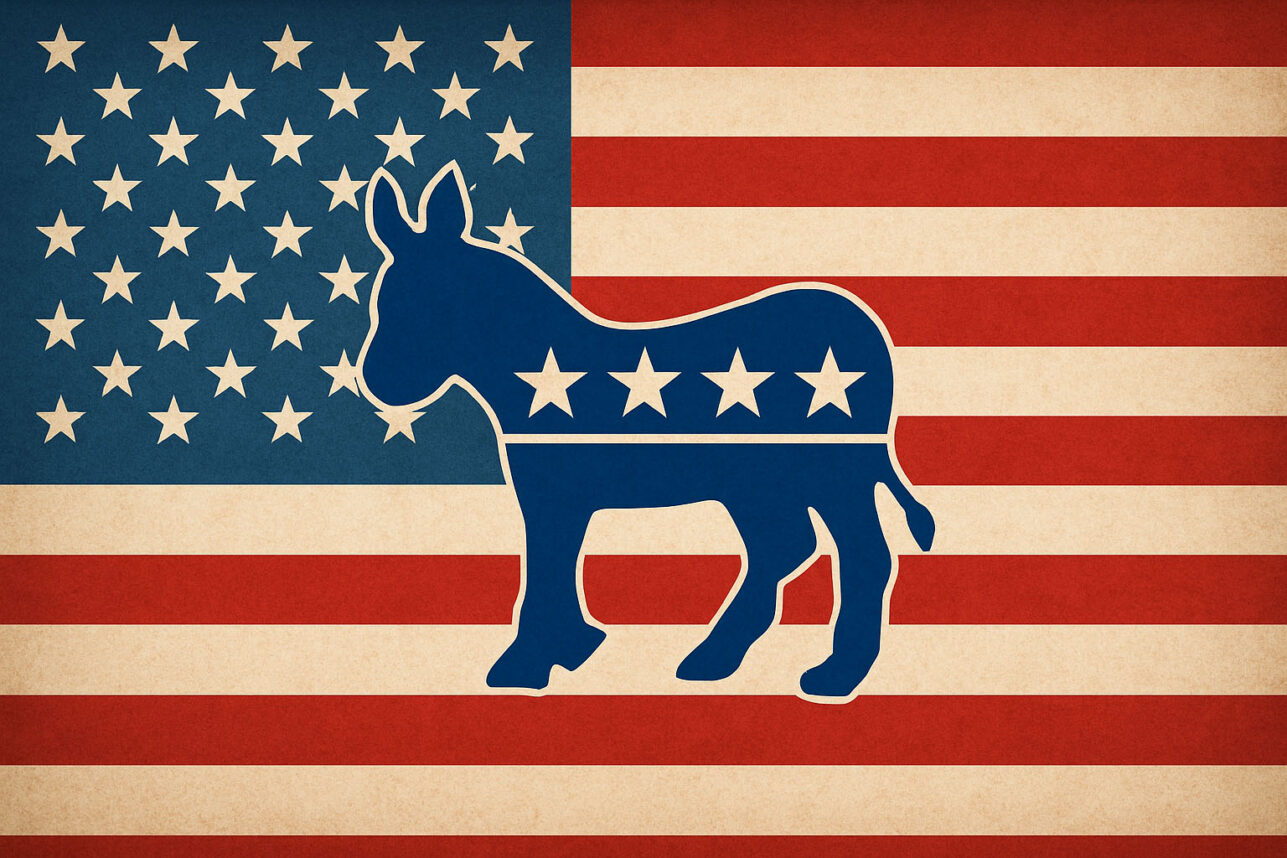
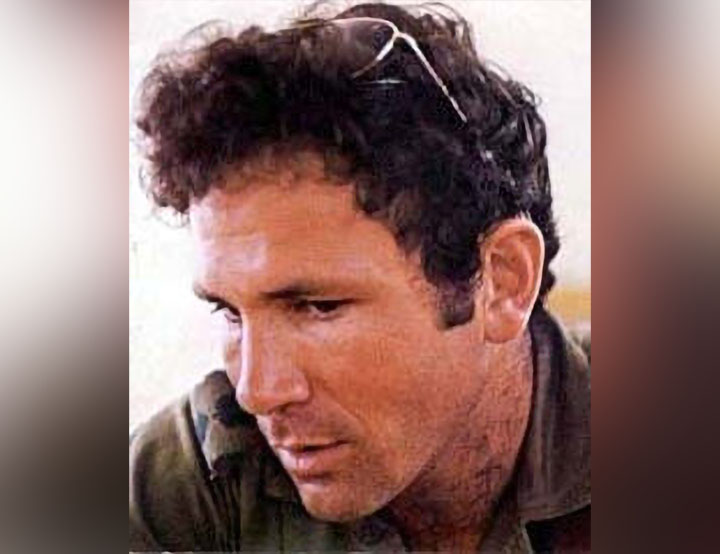
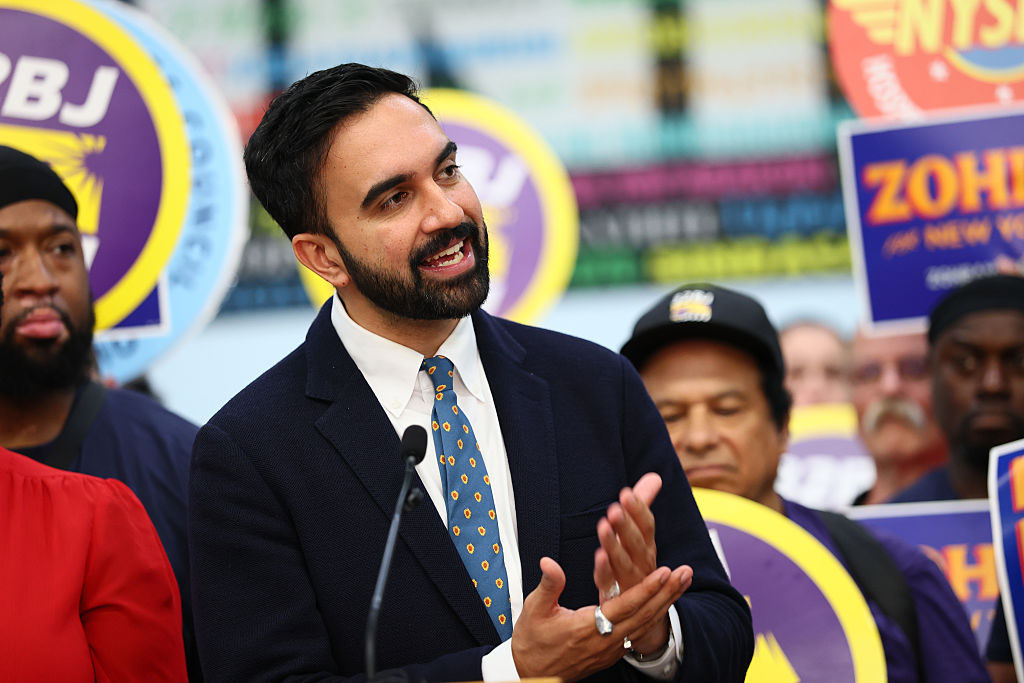
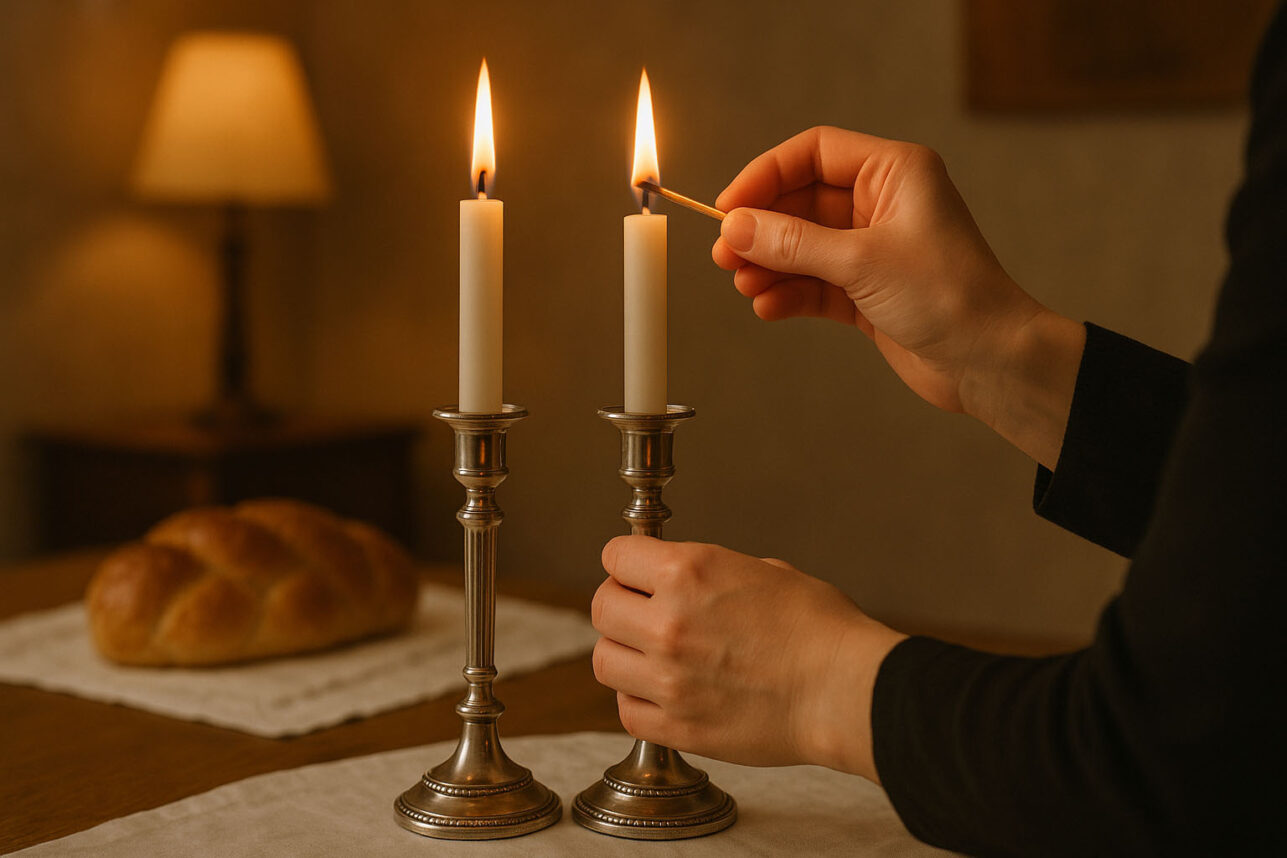


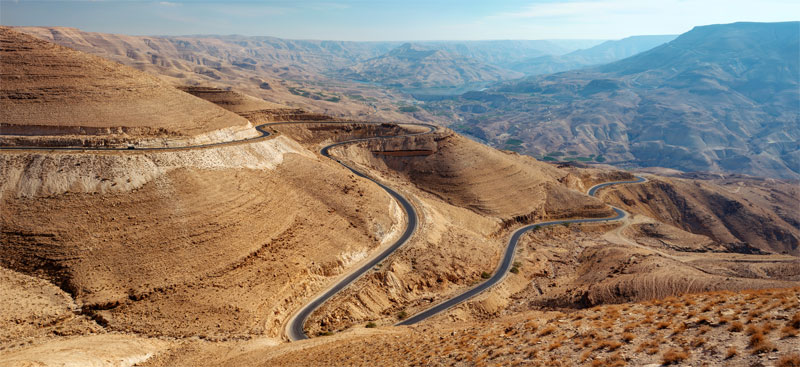



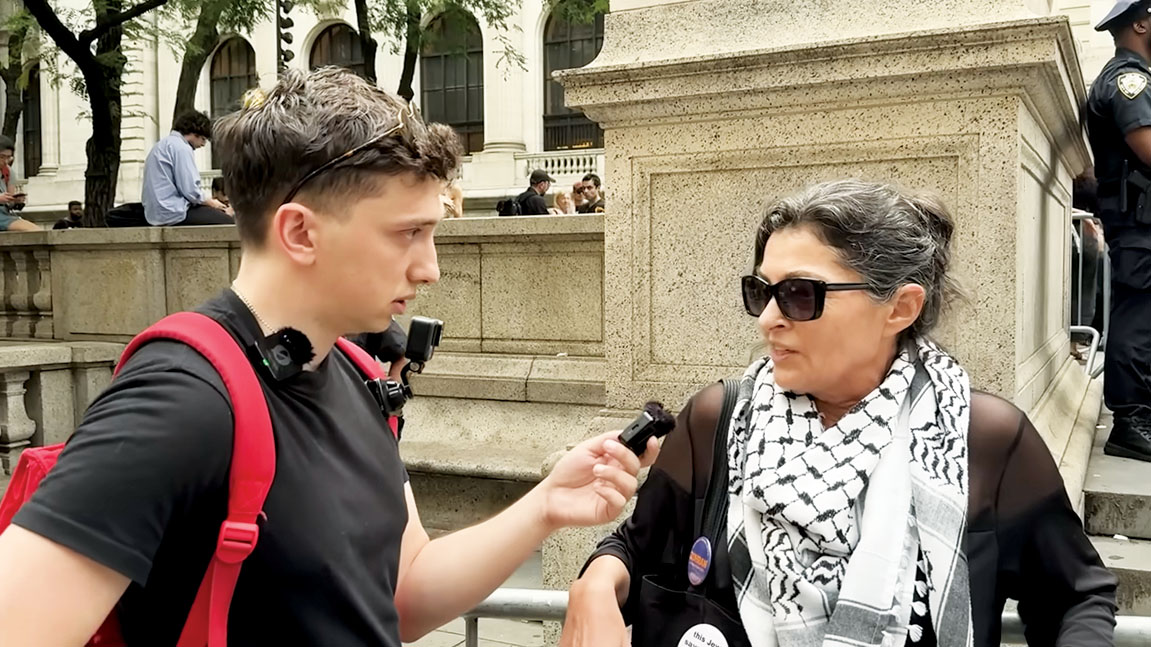
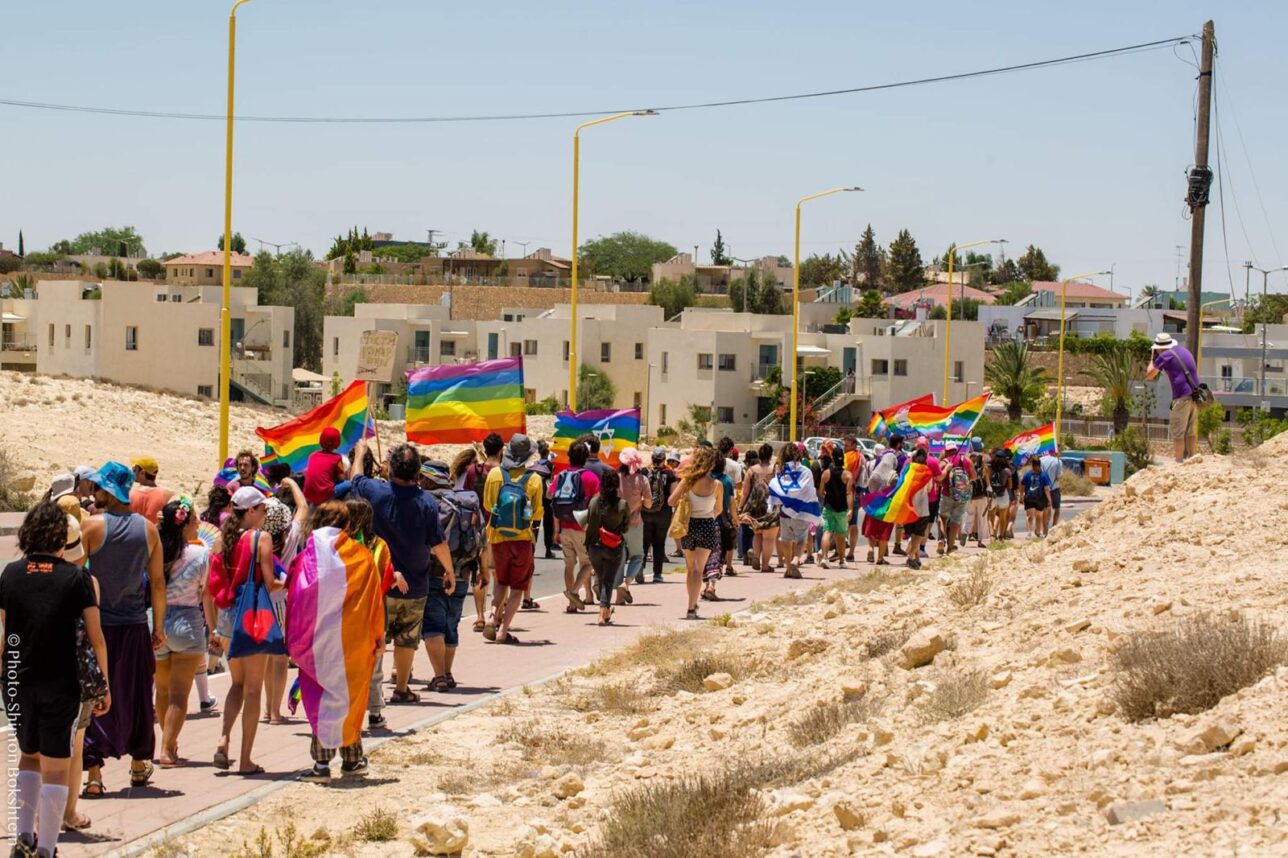





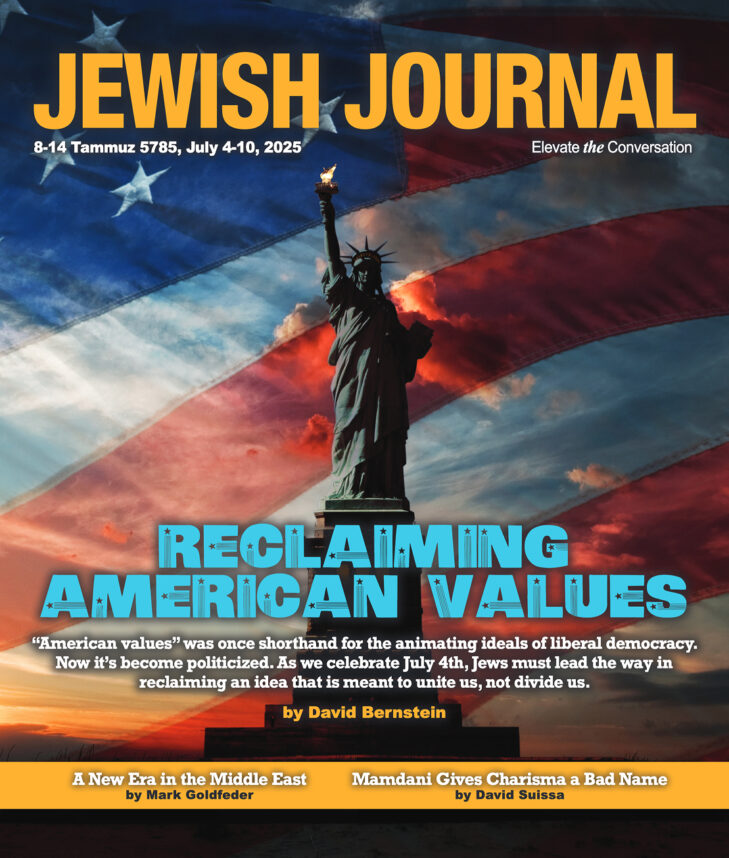

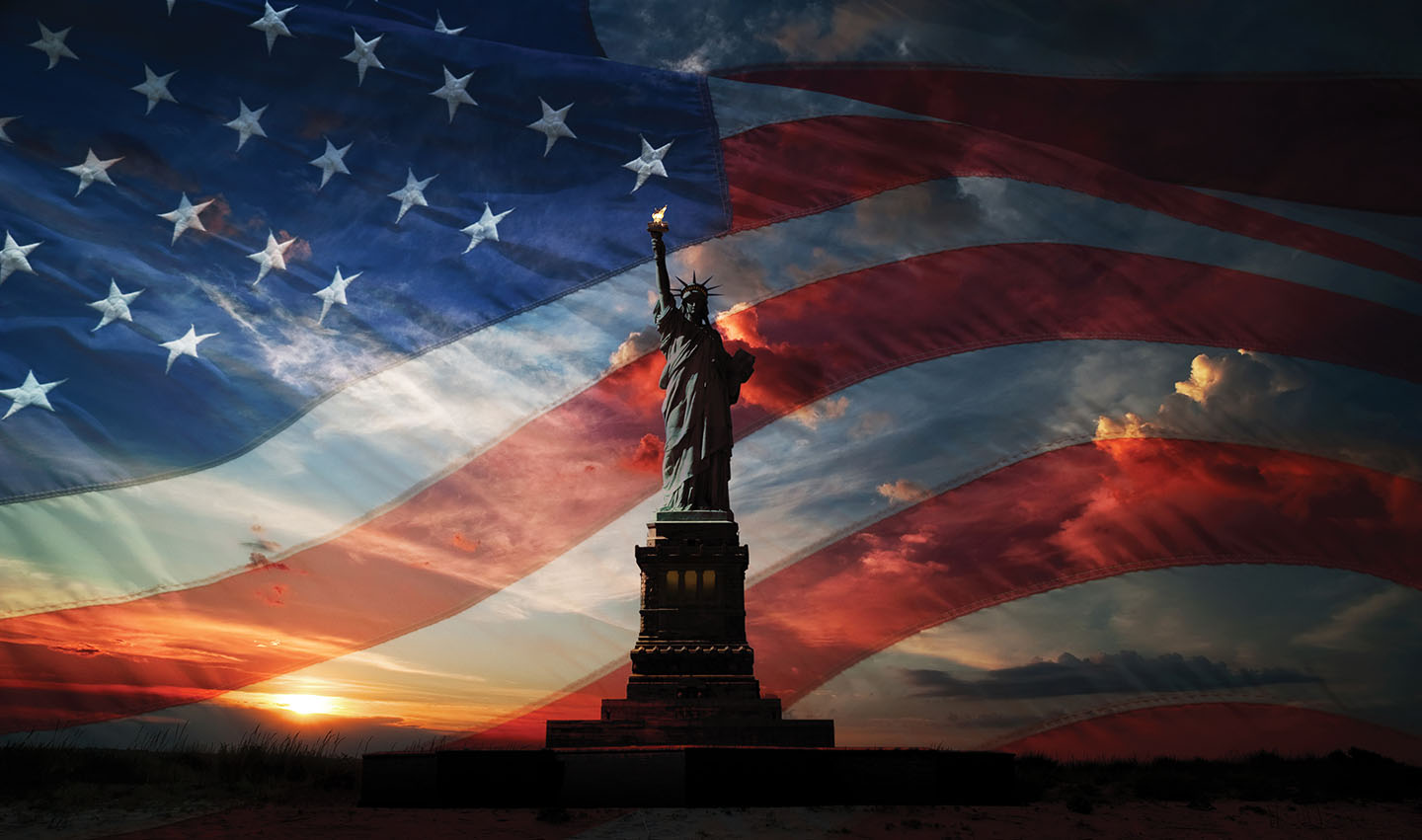



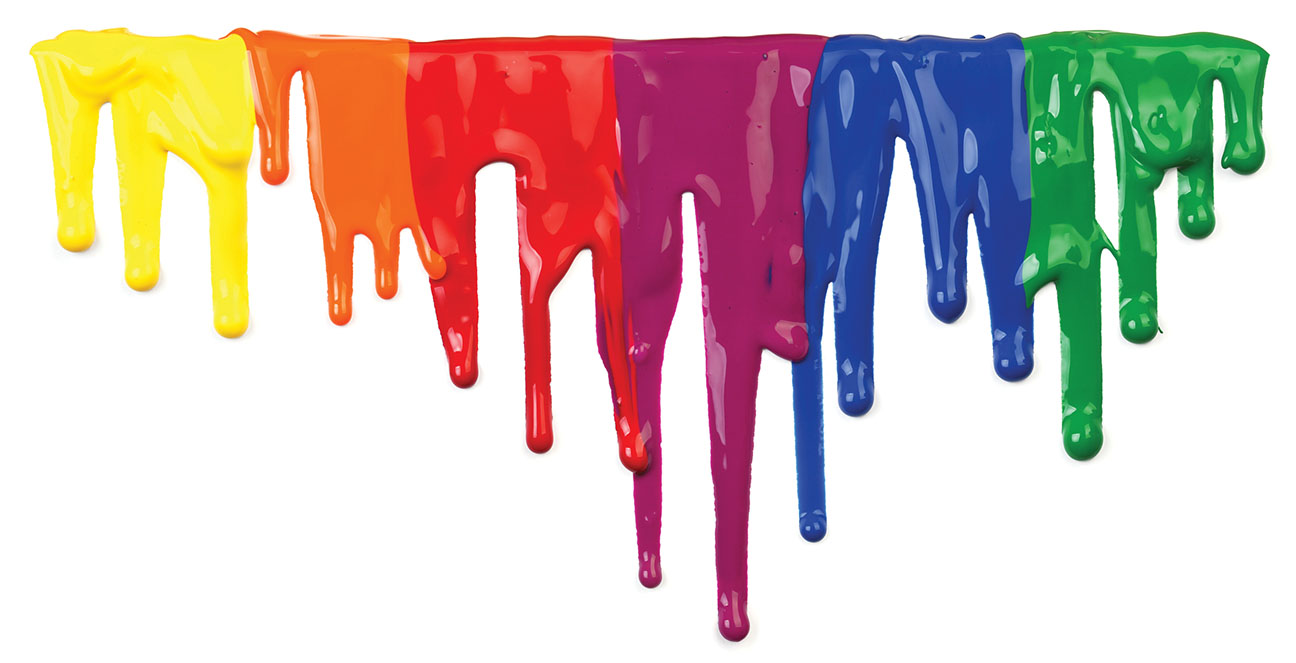
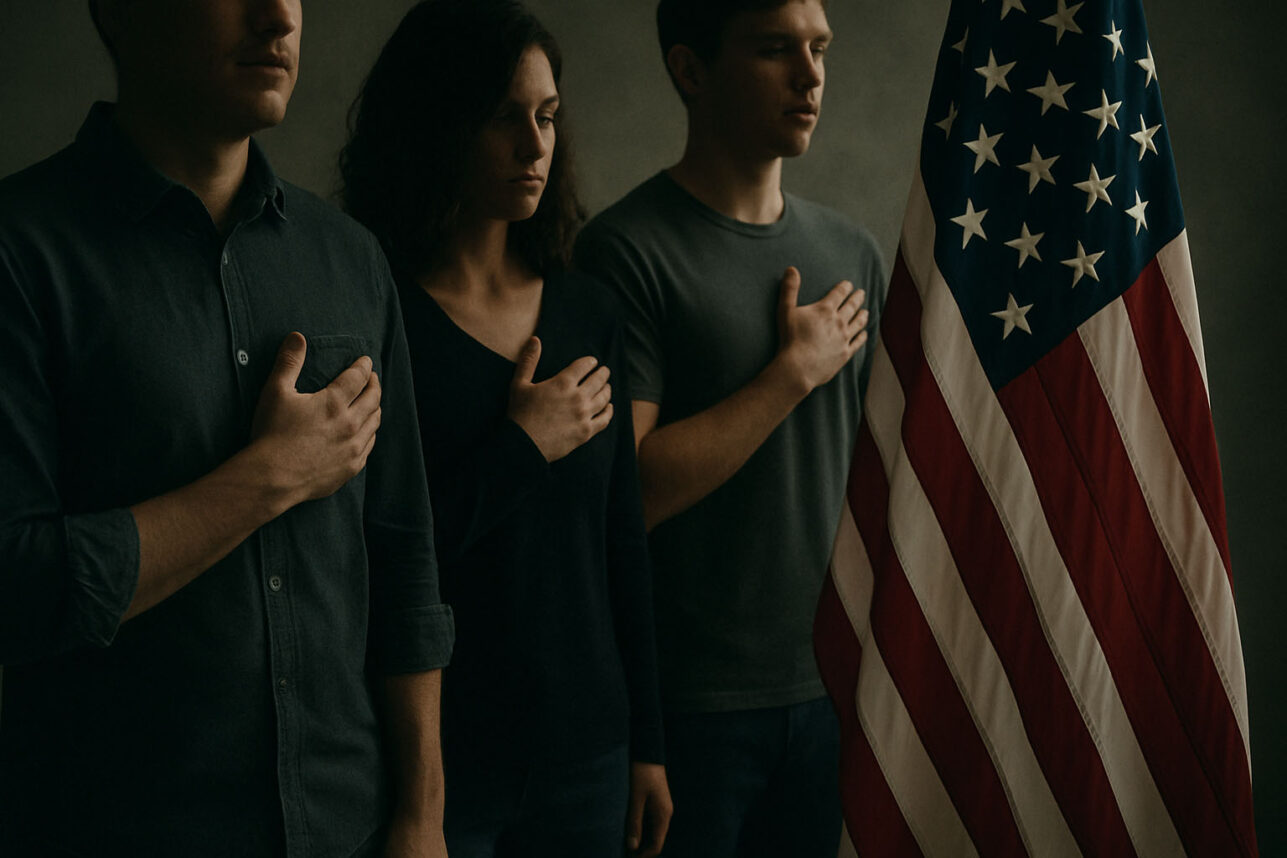
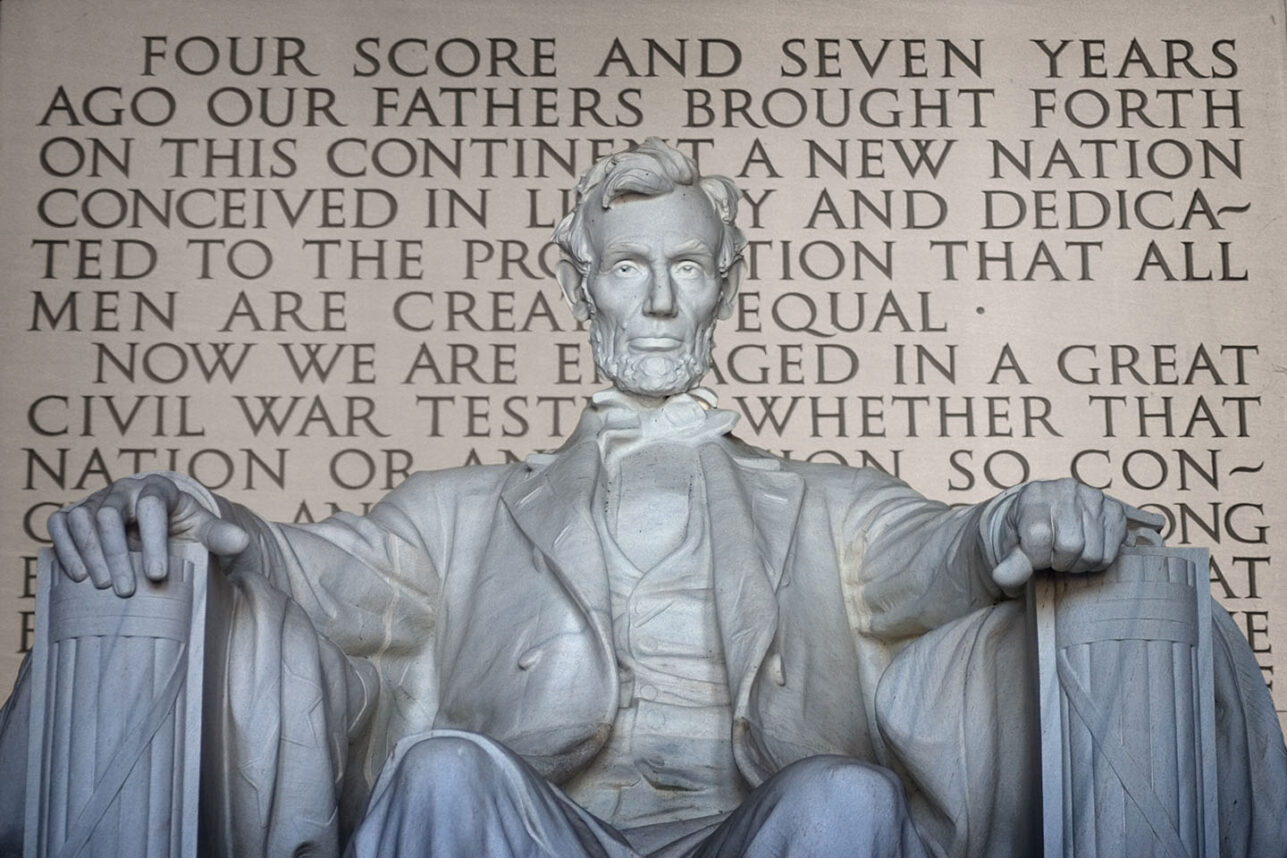

 More news and opinions than at a Shabbat dinner, right in your inbox.
More news and opinions than at a Shabbat dinner, right in your inbox.